Rising Energy Demand
The Solar Photovoltaic System Market is significantly influenced by the rising global energy demand. As populations grow and economies expand, the need for sustainable energy sources becomes more pressing. Projections indicate that energy consumption could increase by over 25% by 2030, necessitating a shift towards renewable energy solutions. Solar photovoltaic systems offer a viable alternative to traditional fossil fuels, providing clean energy that can be harnessed locally. This shift is particularly evident in regions with abundant sunlight, where solar energy can be efficiently captured and utilized. The increasing demand for energy, coupled with the declining costs of solar technology, positions the Solar Photovoltaic System Market for substantial growth in the coming years.
Technological Innovations
Technological innovations play a pivotal role in shaping the Solar Photovoltaic System Market. Advances in solar panel efficiency, such as the development of bifacial and perovskite solar cells, are enhancing energy output and reducing costs. As of 2025, the average efficiency of commercial solar panels has reached approximately 20%, with some cutting-edge models exceeding 25%. These innovations not only improve the performance of solar systems but also contribute to lower installation and maintenance costs. Additionally, the integration of smart technologies, such as IoT and AI, is optimizing energy management and consumption patterns. This continuous evolution in technology is likely to attract more investors and consumers to the Solar Photovoltaic System Market, driving its expansion.
Government Incentives and Policies
The Solar Photovoltaic System Market is experiencing a surge in growth due to favorable government incentives and policies. Many countries are implementing tax credits, rebates, and grants to encourage the adoption of solar energy. For instance, in several regions, feed-in tariffs guarantee fixed payments for solar energy producers, enhancing the financial viability of solar projects. As of 2025, it is estimated that these incentives could account for up to 30% of the total installation costs, making solar energy more accessible to both residential and commercial users. Furthermore, regulatory frameworks are increasingly supportive, streamlining the permitting process and reducing bureaucratic hurdles. This supportive environment is likely to drive further investments in the Solar Photovoltaic System Market, fostering innovation and expansion.
Decentralization of Energy Production
The decentralization of energy production is transforming the Solar Photovoltaic System Market. With advancements in technology, consumers are increasingly able to generate their own electricity through solar installations. This shift towards distributed energy resources empowers individuals and communities, reducing reliance on centralized power grids. As of 2025, it is estimated that residential solar installations could account for over 40% of new solar capacity additions. This trend is particularly pronounced in urban areas, where rooftops can be utilized for solar panels. Furthermore, the rise of community solar projects allows multiple stakeholders to benefit from shared solar resources. This decentralization not only enhances energy security but also fosters local economic development, thereby driving further growth in the Solar Photovoltaic System Market.
Environmental Concerns and Sustainability
The growing awareness of environmental concerns is a significant driver for the Solar Photovoltaic System Market. As climate change becomes an increasingly urgent issue, there is a collective push towards sustainable energy solutions. Solar energy, being renewable and clean, presents a compelling alternative to fossil fuels, which are major contributors to greenhouse gas emissions. Reports suggest that transitioning to solar energy could reduce carbon emissions by millions of tons annually. This shift is not only beneficial for the environment but also aligns with corporate sustainability goals, prompting businesses to invest in solar technologies. The heightened focus on sustainability is likely to propel the Solar Photovoltaic System Market forward, as both consumers and corporations seek to minimize their ecological footprints.


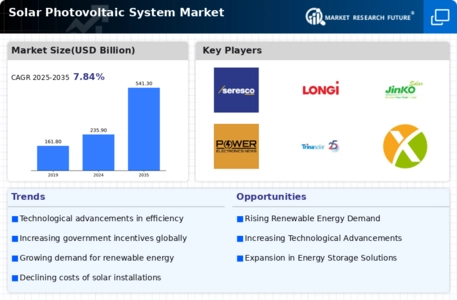
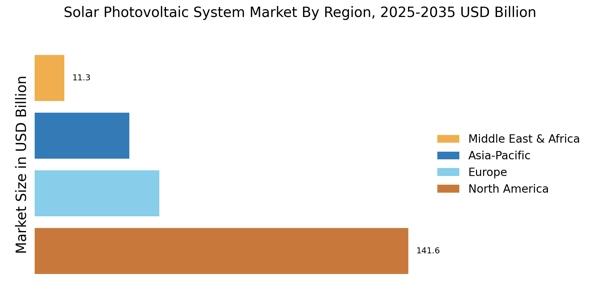
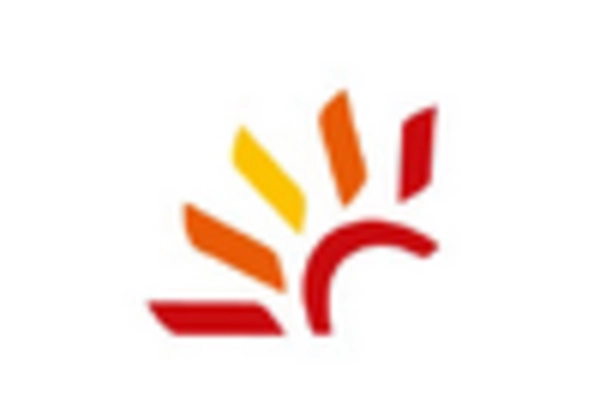
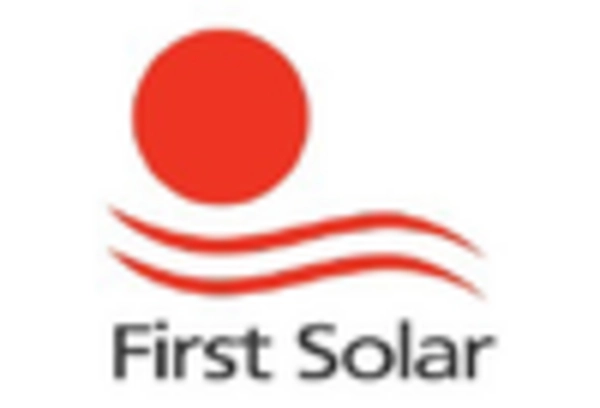
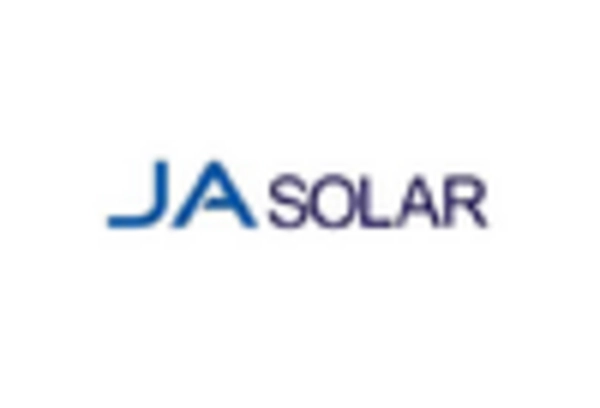
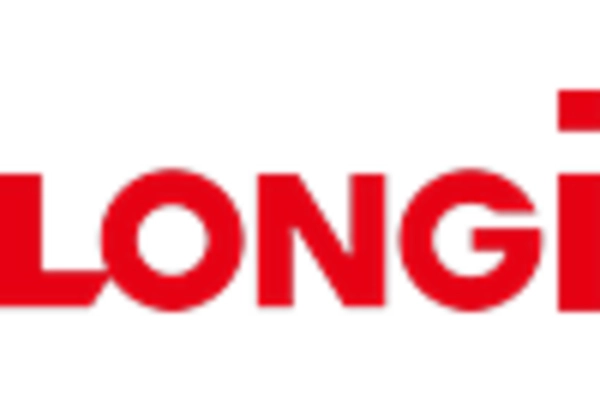
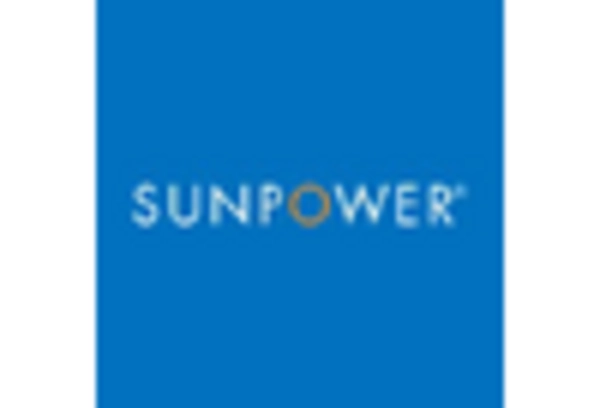
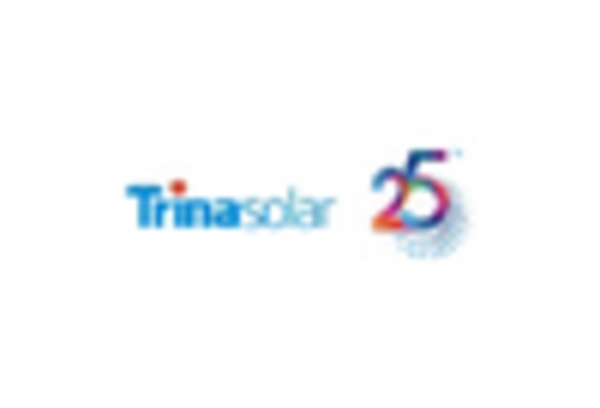








Leave a Comment